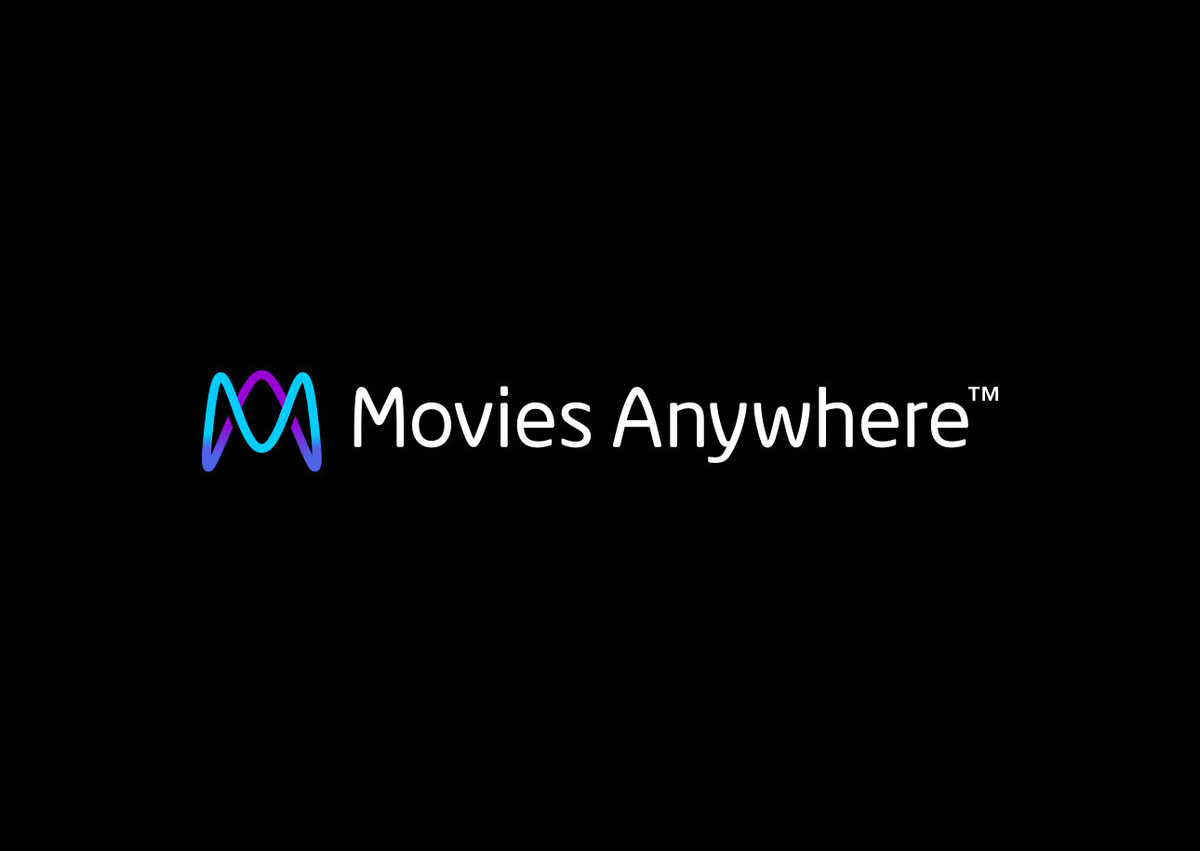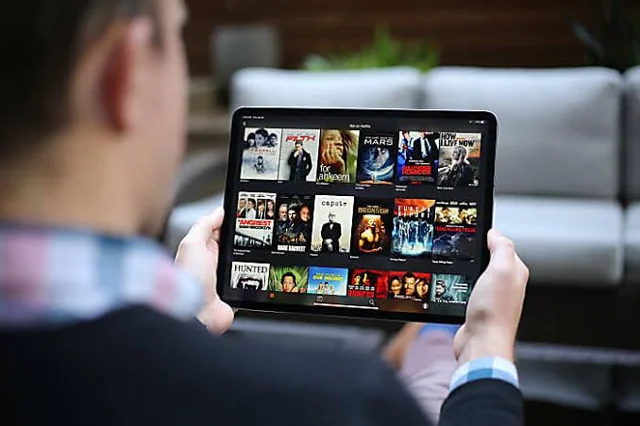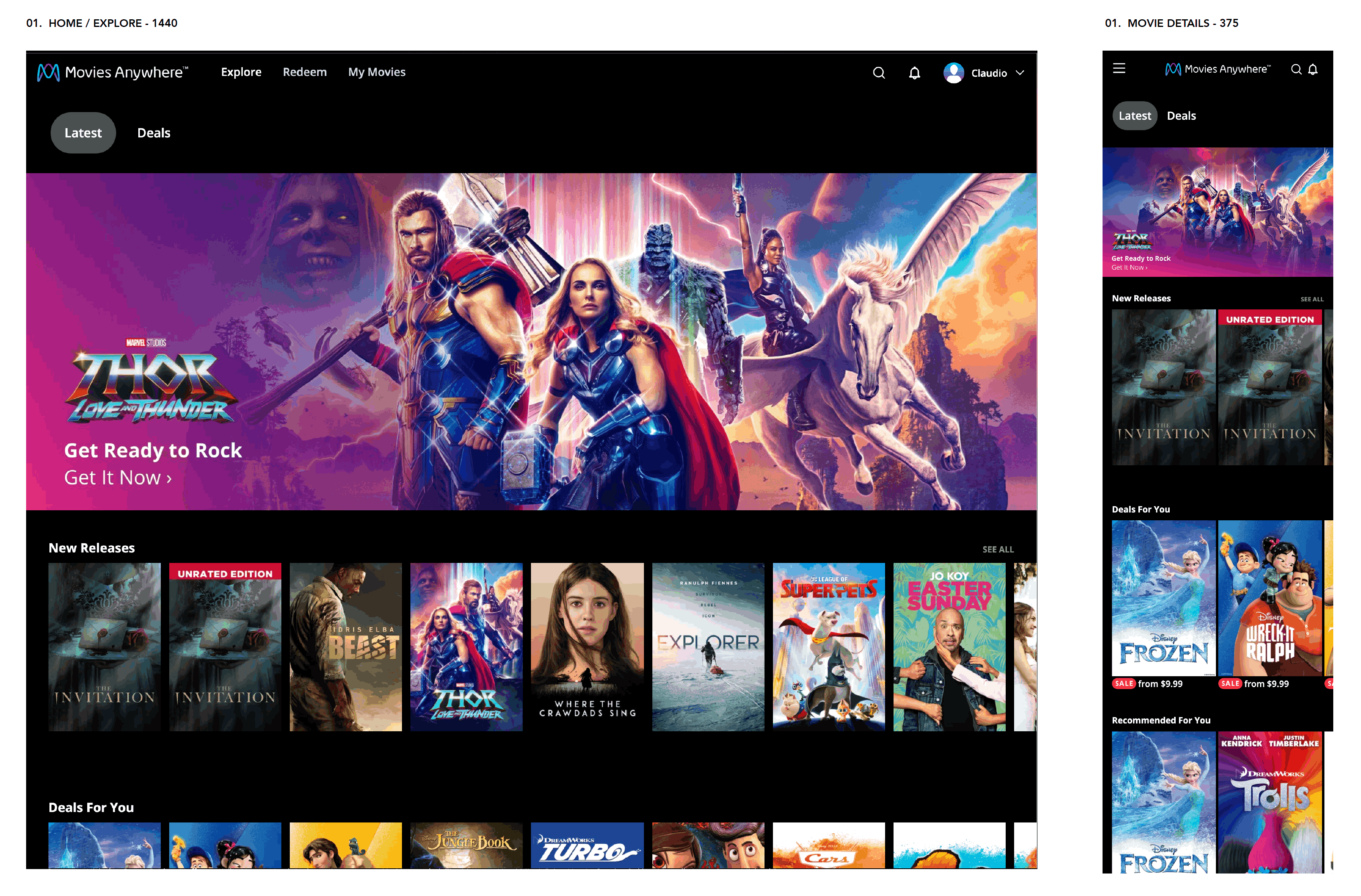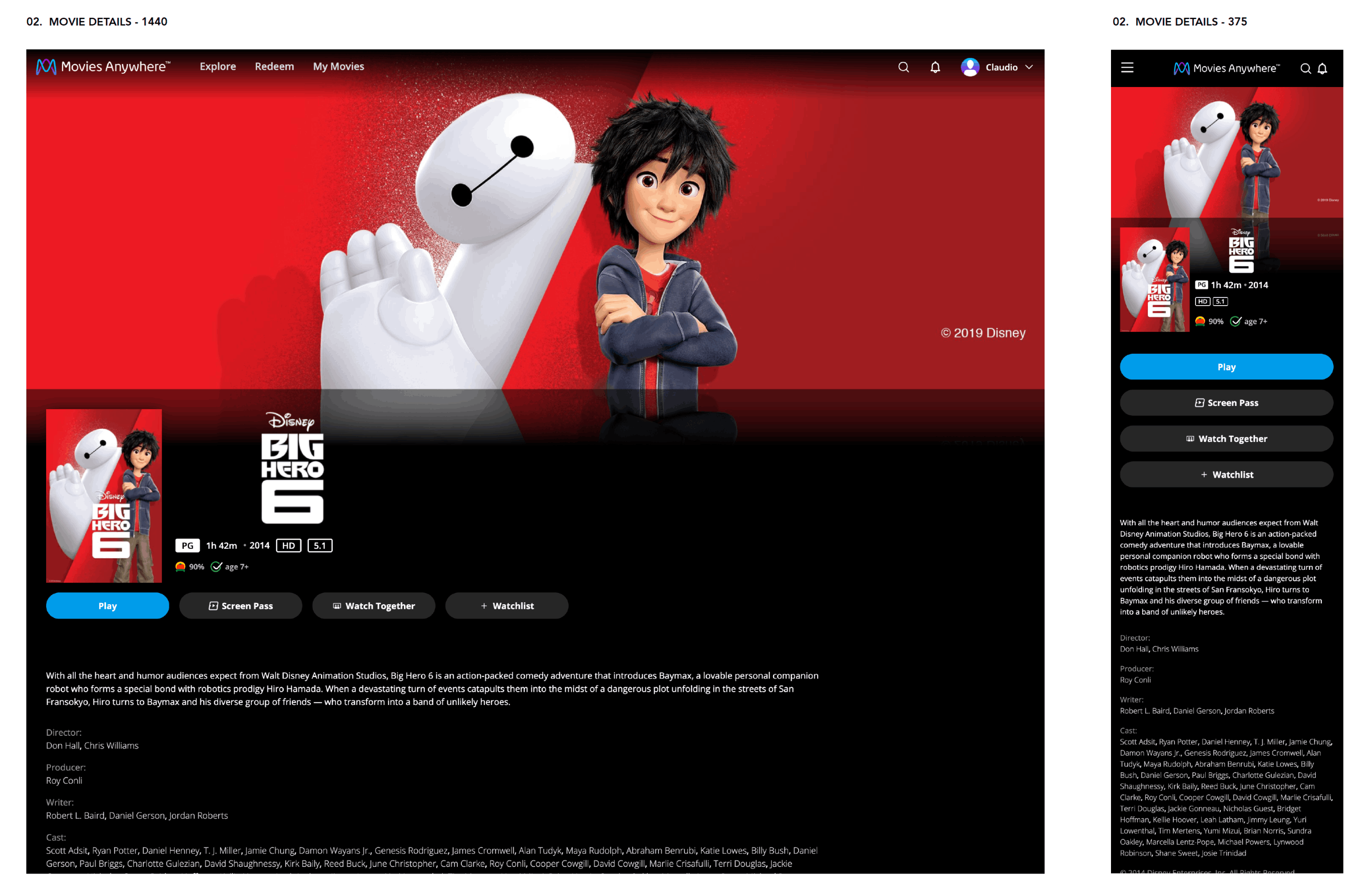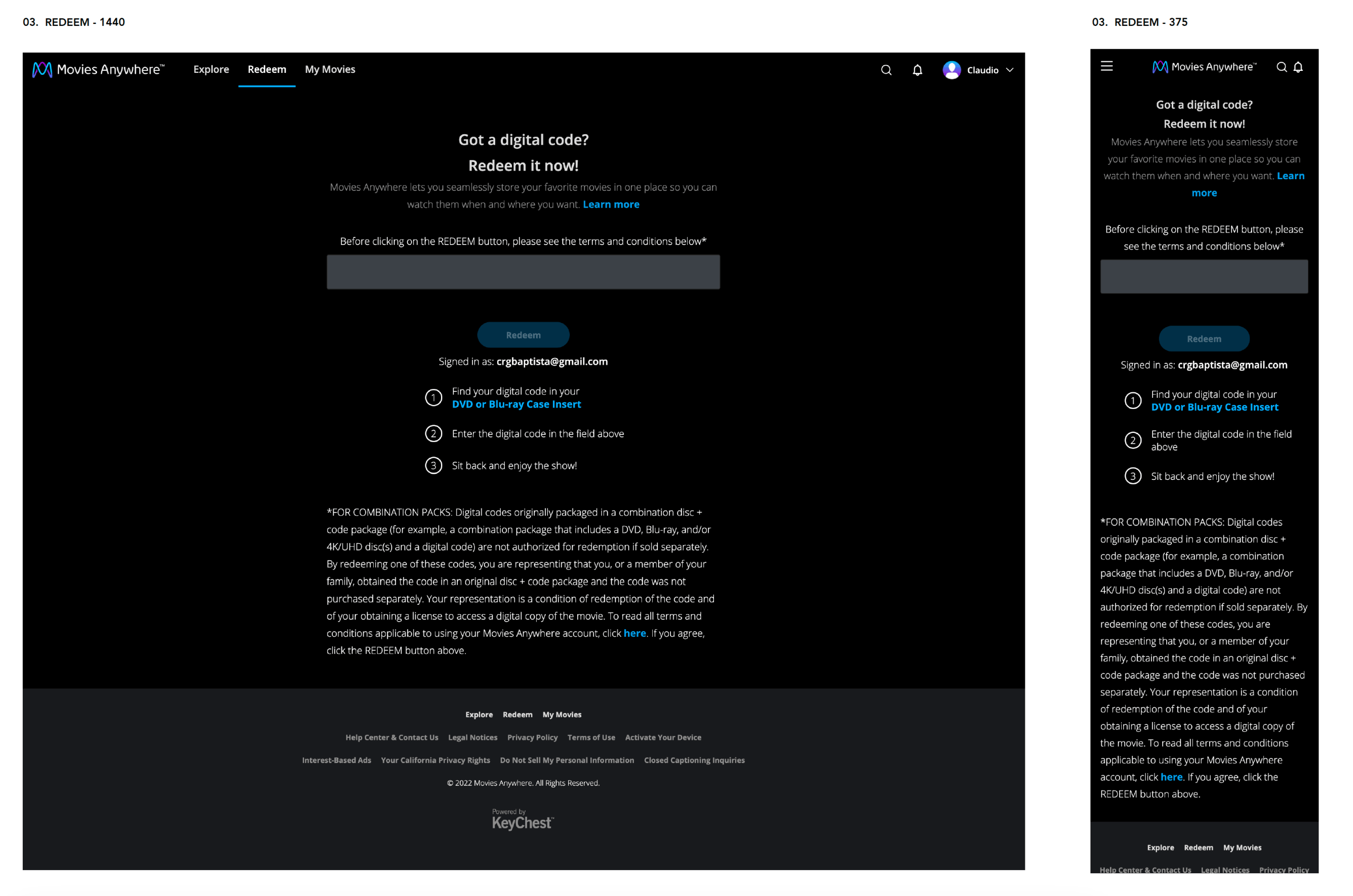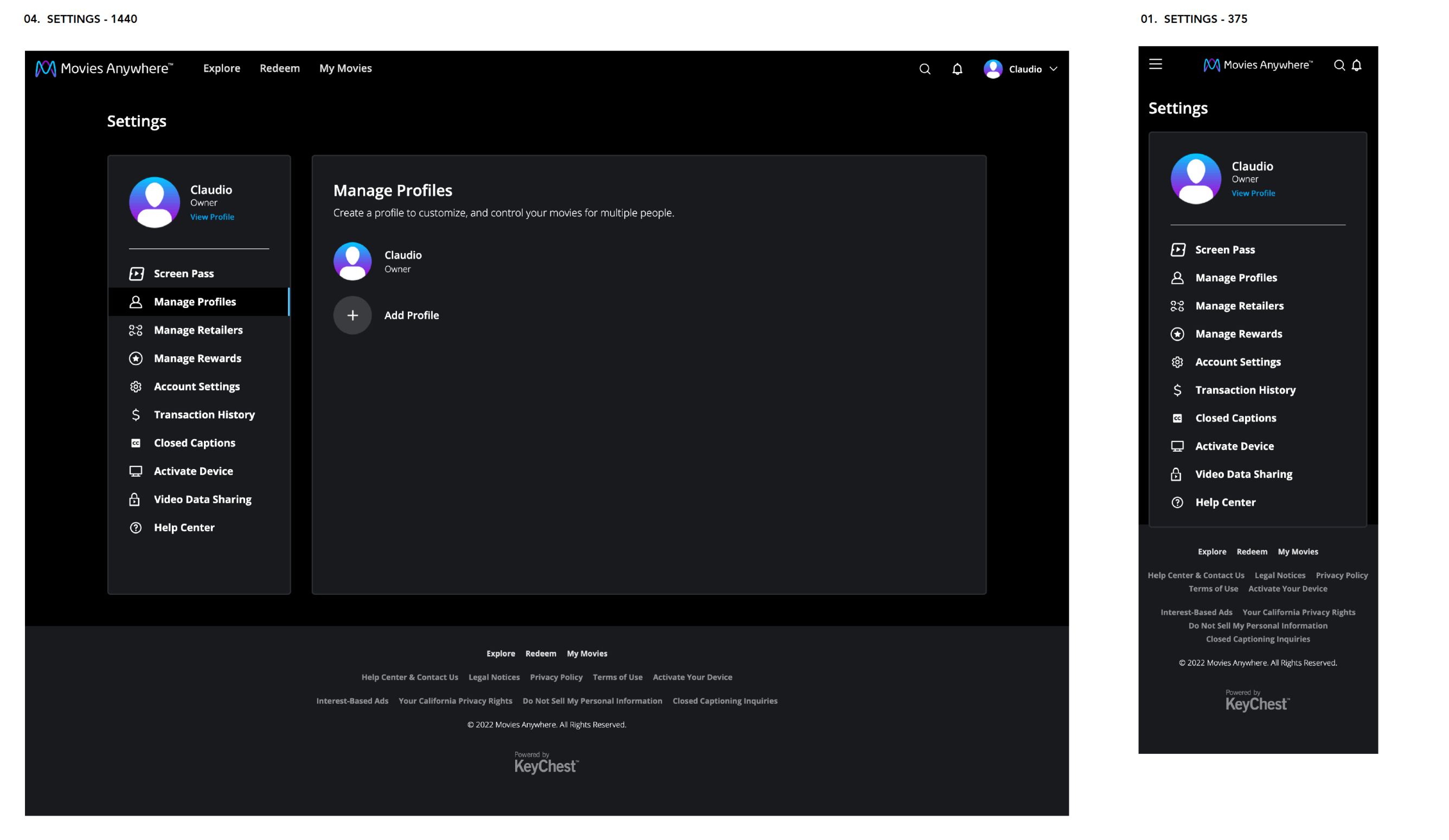Iteration & Validation
We ran iterative usability studies—across web, iOS, and Android—to validate navigation, terminology, and flow resilience (especially for handoffs and recovery). Findings fed directly into component and copy refinements before engineering handoff.
Usability Studies
A cadence of lab studies + in-context testing measured completion times, comprehension, and error/recovery paths for the target flows. We focused on:
- Time-to-First-Play improvements for new users.
- Task completion for link/redeem/purchase handoffs.
- Iconography, labels, and empty/error states to reduce ambiguity.
The resulting UX patterns became defaults in the component library, ensuring learn-once-use-everywhere consistency.
